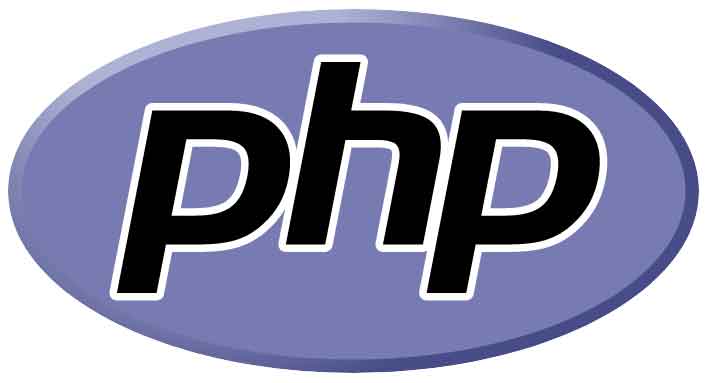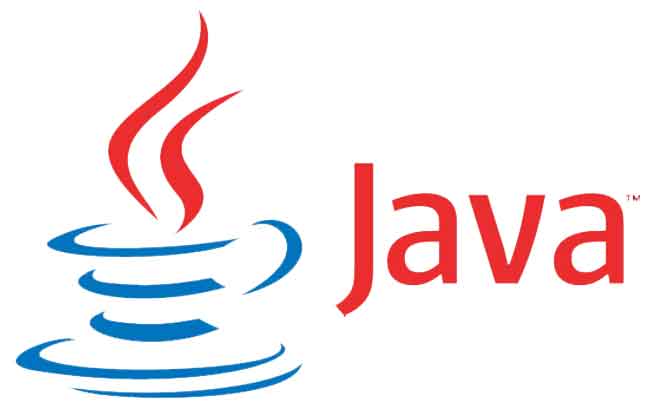Show:
The Best backend Programming Languages
Web development is broken down into parts. The most fundamental parts are front-end and backend development. Even if you’re just starting in the industry, you’ve undoubtedly already become familiar with the phrases “backend programming” and “front-end programming.”

This article presents a rundown of the languages that are most effective for backend development.
Backend Programming in a Nutshell
Programmers utilize backend languages and create the core systems for the web applications. These backend languages are invisible to the users. “Backend” is the part of software or app hidden from the final user, also referred to as the “client.”
The backend programming features help connect the server, which handles communication between clients and distributes data and information, to devices that can access the internet.
Websites, mobile and desktop apps, and online games are some projects that need backend programming languages.
Backend Development: The Importance
In order to have a well-functioning website or software, creating a strong backend is necessary. The front-end, which is the visual features of a website or software, cannot function without a well-developed backend. Front-end development can indeed be beautiful, user-friendly, and more, but good looks will only get you so far – you need those visuals to work correctly.
The backend portion of a website or software is in charge of core functionality and ensures that front-end output is robust and of high quality. It is in charge of business logic and runs through the server. Backend developers build code that runs all of the behind-the-scenes of a website or software. Backend developers are experts in the different backend programming languages currently in use for coding.
1. PHP
The Hypertext Preprocessor, or PHP, is a server-side scripting language open source powerhouse. PHP is free to download and use. The creators specifically designed it for creating websites in its initial release in 1994.
Because PHP is an interpreted language, it is executed virtually on any platform without a compiler. This is advantageous because of its compatibility across platforms and its use of variables without declaring their data types.
Advantage: PHP is known for fixing bugs easily and fast. The costs are low on website hosting, and a robust network of experts are eager to help.
Disadvantage: PHP is a scripting language and needs event-based design, so it’s not well suited for developing real-time applications.

2. Python
This newer language has taken the world of tech by storm. Since 2020, Python has ranked first in the TIOBE index and won ‘Language of the Year’. This ranking signifies the language’s popularity among developers and users globally.
People can say a lot about this language because of its flexibility and convenience working with advanced technologies, such as data science and machine learning. Its ease of use makes Python stand out as a backend programming language. Backend development goes much faster with Python.
Advantage: Python is not difficult to learn – just be sure to employ the most recent version of the web development program to utilize the many libraries and frameworks available in the language.
Disadvantage: Python takes up substantially more memory, contributing to its significantly slower performance.
3. JavaScript
In a Stack Overflow developer survey, JavaScript garnered 67.7% and became the most commonly used language. Even the average person (one who knows little about development, coding, and languages) is likely to have heard of JavaScript.
A significant factor for this language is that users are able to utilize JavaScript for both front-end and backend web development.
Advantage: Programmers employ JavaScript in website development. As object-based and interpreter-based, JavaScript is lightweight, case-sensitive, and capable of performing built-in functions. It also verifies user input.
Disadvantage: The language setup could be a laborious process to go through because of the complexity associated with JavaScript.

4. C#
C# is a high-level backend programming language that performs admirably on a wide variety of computer platforms. Programmers can use this strong language to build the inner structure of web pages with the assistance of frameworks like .NET. They can also utilize it to integrate client engagement with server activities to create functional software.
C# and its associated frameworks offer a suitable option to develop websites and software, thanks to the consistency and adaptability of these components.
Advantage: The library management in C# is excellent.
Disadvantage: Compared to languages like Python, which are utilized on the backend, this language may not be that polished.
5. Golang
Golang, simply referred to as “Go”, is a static programming language that detects and eliminates mistakes before the program starts. Before testing your application, it’s much simpler to locate particular flaws in the code when you use this method.
The TIOBE index’s 2016 Programming Language Hall of Fame inducted Golang to be the language with the highest year-over-year ratings increase. One of the reasons for its rising popularity is its easy-to-understand syntax, making writing code quick and easy.
Advantage: Golang outperforms both Java and Python in performance tests. The language’s design allows it to run at an increased rate of speed. Using Golang eliminates the need to use an interpreter like you might with other backend languages.
Disadvantage: Golang’s productivity costs a lot of time and money. Its lack of generic functions slows down the rate of development.

6. Ruby on Rails
You can achieve more with less code by using Ruby on Rails (RoR), a framework specifically designed for Ruby, which is a freestanding language. Architects utilize frameworks to establish an application’s or a program’s foundation by taking advantage of the built-in source code, tools, and specific functions. It results in more efficient coding.
For example, a single line of code can be written to accomplish a particular command for a product using RoR and Ruby. When developing software, RoR makes tasks and function creation easier in a speedy process. Ruby makes rapid prototyping and basic feature testing possible and provides vast benefits for new projects.
Advantage: Ruby and RoR are very user-friendly. They’re an excellent choice for those just starting out with backend development.
Disadvantage: Every error is associated with a corresponding cost.
Final Thoughts
As we wrap this up, remember that no one solution works for all kinds of projects.
There is always a need to find the balance between the amount of production and the number of resources needed, the ability to scale up and the safety of production, and the ease of production and the quality of the output.

 Return to Previous Page
Return to Previous Page








